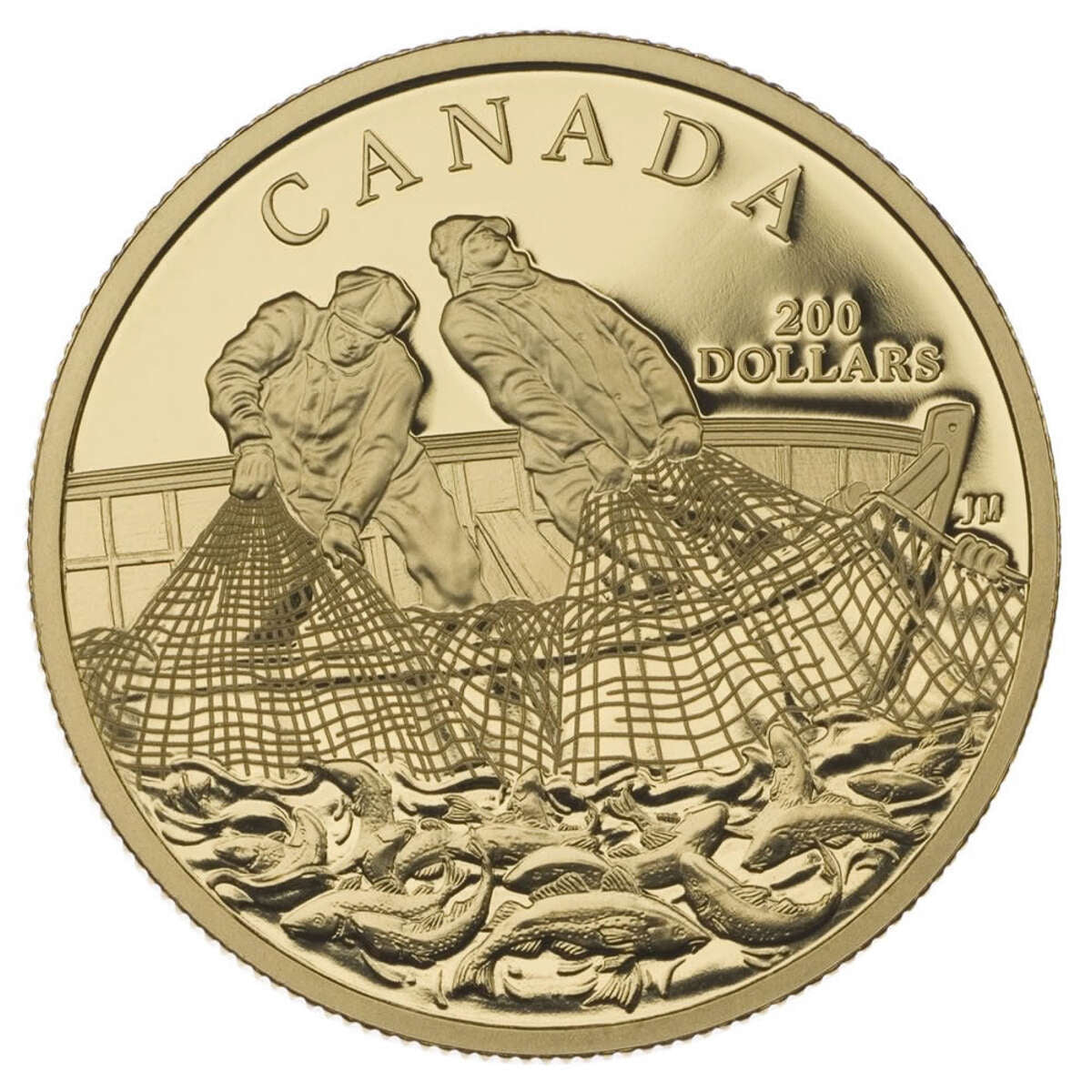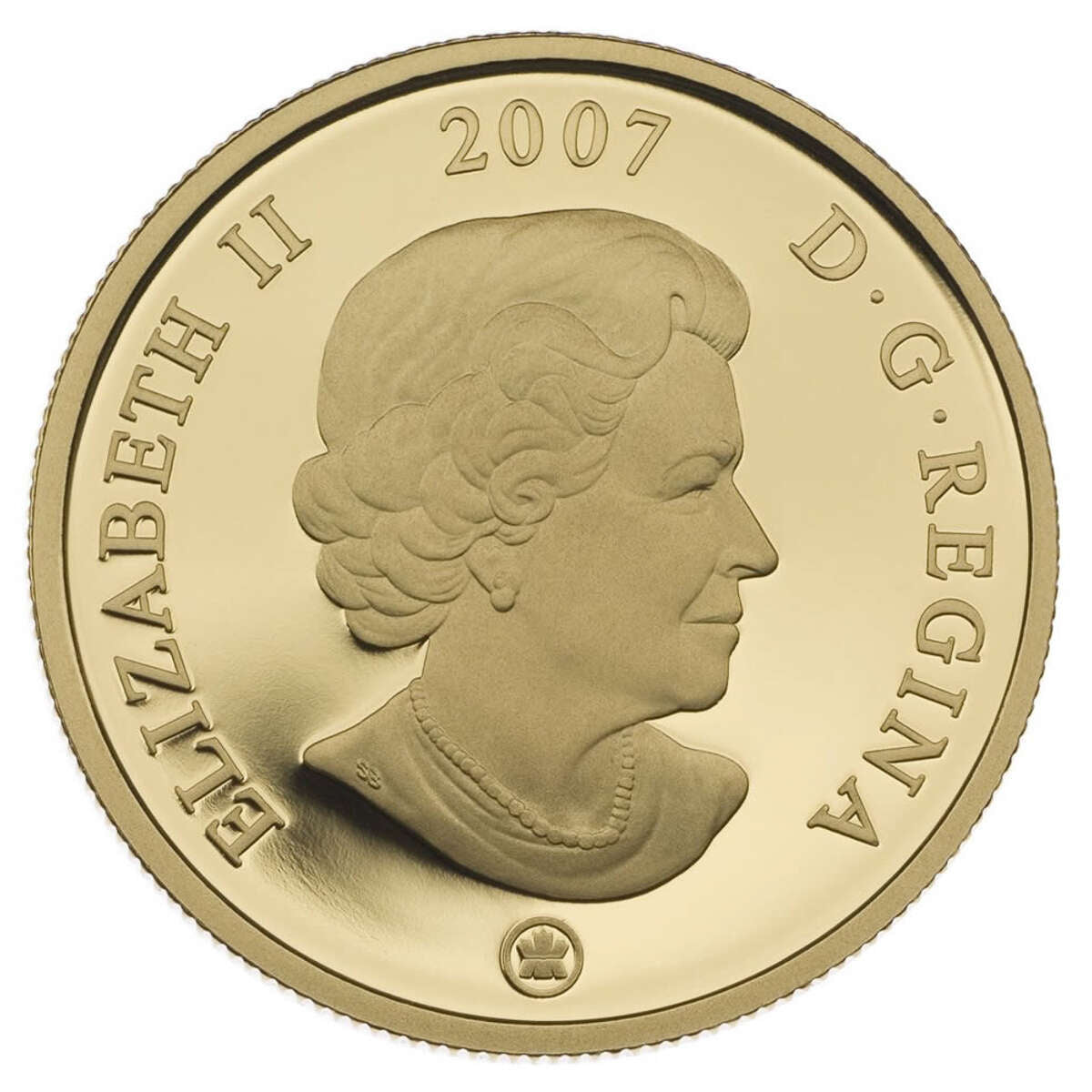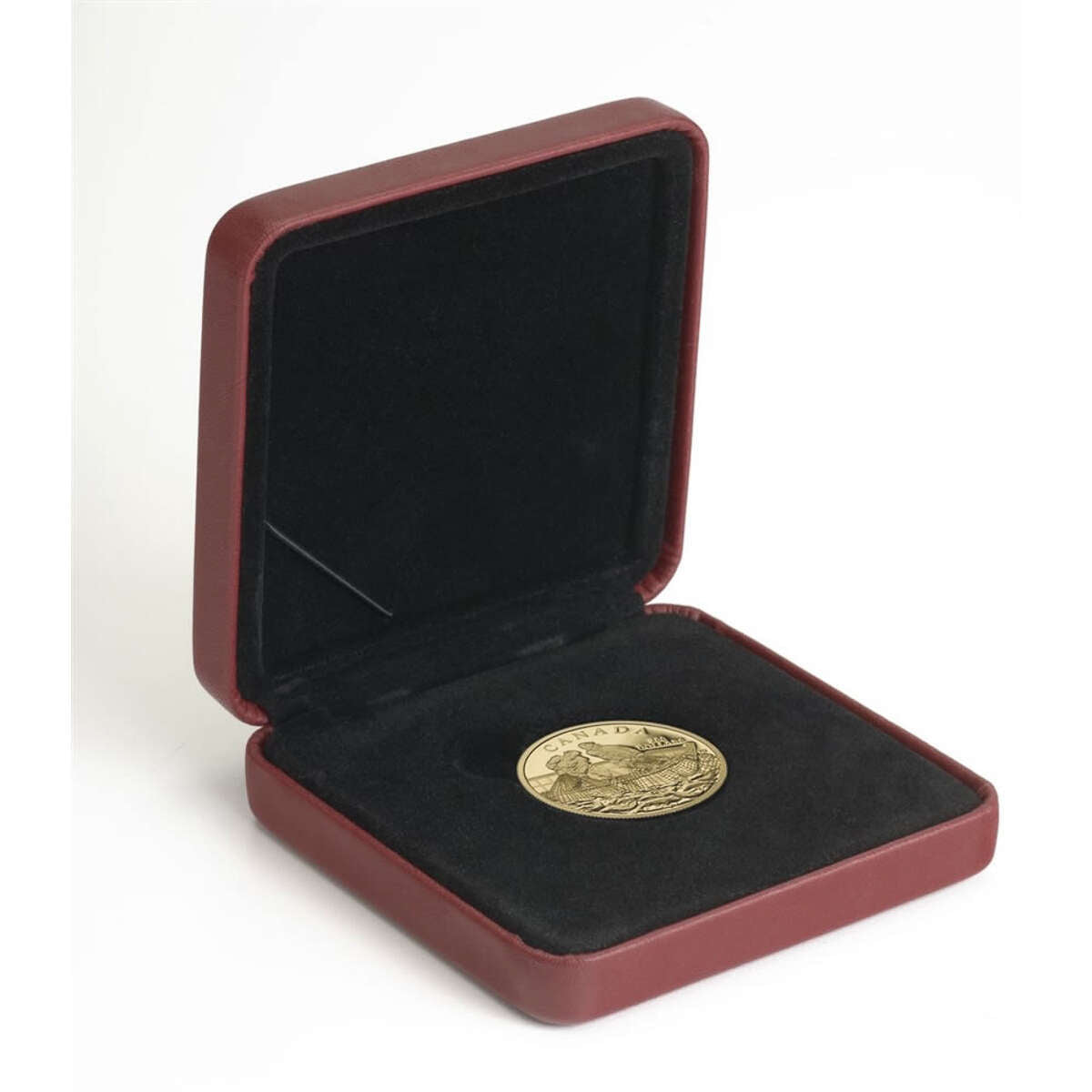Description
Third issue in the Historical Commerce series!
For centuries, the Aboriginal peoples of Canada's east coast enjoyed the bounty of the Atlantic Ocean, but when Italian explorer Giovanni Cabotto (John Cabot) discovered that fish could be scooped up by the bucketful just off shore from the New World, virtually all of Europe took notice.
It was 1497. Faced with 150 meatless days sanctioned by the Catholic Church, Europeans embraced this new, seemingly endless supply of Atlantic Cod. Within decades, the French, Portuguese, Spanish and English were fishing off the shores of what is now Newfoundland and Labrador, brought here by ships that left their home ports in the spring and returned to Europe in the fall.
By the beginning of the 19th century, a string of communities was emerging along the coast as hundreds of families sought to harvest wealth from the sea. Their unique fishing culture proved to be incredibly self-reliant as they developed tools and techniques that were perfectly adapted to their special relationship with the Atlantic Cod.
Invented in the early 1870's, the cod trap was so effective that it remained in use virtually unchanged for over a century. And despite the powerful ships and dragging nets that appeared after the Second World War, it is the image of fishermen hauling nets over the side of their boat that endures for this historic industry that shaped much of Atlantic North America.
For centuries, the Aboriginal peoples of Canada's east coast enjoyed the bounty of the Atlantic Ocean, but when Italian explorer Giovanni Cabotto (John Cabot) discovered that fish could be scooped up by the bucketful just off shore from the New World, virtually all of Europe took notice.
It was 1497. Faced with 150 meatless days sanctioned by the Catholic Church, Europeans embraced this new, seemingly endless supply of Atlantic Cod. Within decades, the French, Portuguese, Spanish and English were fishing off the shores of what is now Newfoundland and Labrador, brought here by ships that left their home ports in the spring and returned to Europe in the fall.
By the beginning of the 19th century, a string of communities was emerging along the coast as hundreds of families sought to harvest wealth from the sea. Their unique fishing culture proved to be incredibly self-reliant as they developed tools and techniques that were perfectly adapted to their special relationship with the Atlantic Cod.
Invented in the early 1870's, the cod trap was so effective that it remained in use virtually unchanged for over a century. And despite the powerful ships and dragging nets that appeared after the Second World War, it is the image of fishermen hauling nets over the side of their boat that endures for this historic industry that shaped much of Atlantic North America.





